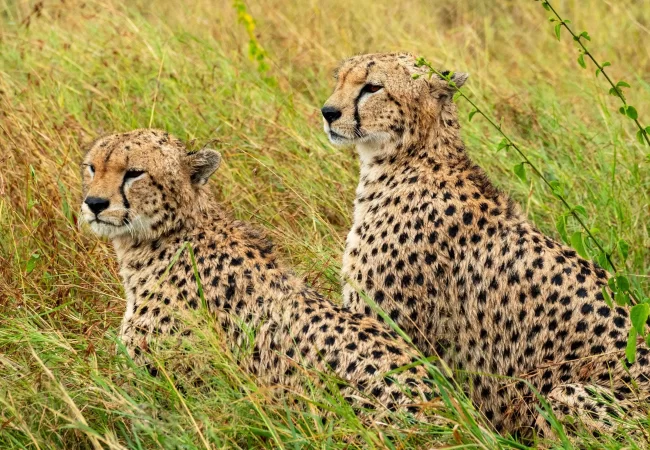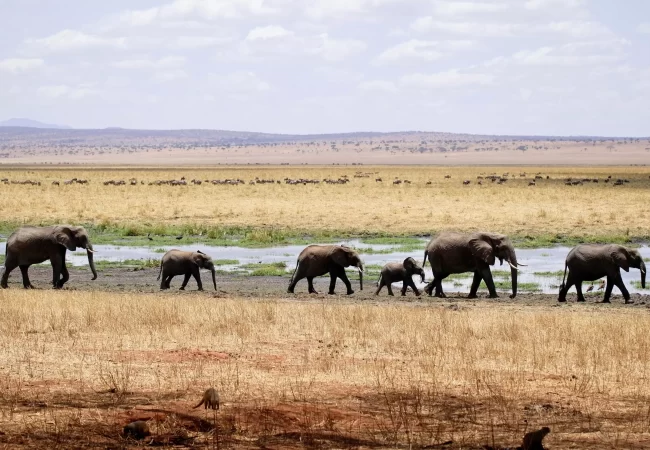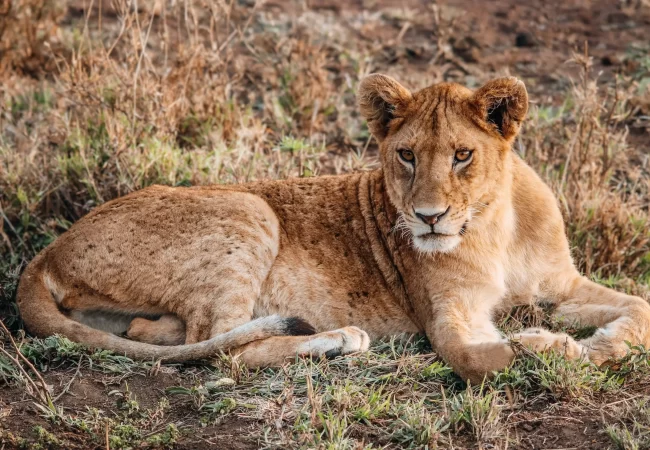Habitat
Tarangire National Park’s defining feature is the Tarangire River, which, despite becoming very dry, sustains the park’s rich vegetation, including acacia shrubs and mixed woodlands. The landscape is notably adorned with numerous large baobab trees. In the south and east, a network of seasonal swamps plays a crucial role in water catchment.
Wildlife
Tarangire is famous for its large elephant herds, with groups of up to 300 elephants searching for underground streams in the dry riverbeds. The shrinking lagoons attract migratory wildebeest, zebra, buffalo, impala, gazelle, hartebeest, and eland. Abandoned termite mounds often become homes for mongoose colonies. While all the main predators are present, the thick vegetation can make sightings less frequent compared to other northern Tanzanian parks.
Best Time to Visit
During the wetter months (November to May), tourist numbers decrease, and wildlife disperses as water is readily available throughout the park. The Dry season (June to October) offers easier wildlife viewing as animals congregate around remaining water sources. Early-morning game drives during this period can be quite cold, so it’s advisable to pack warm clothing.




